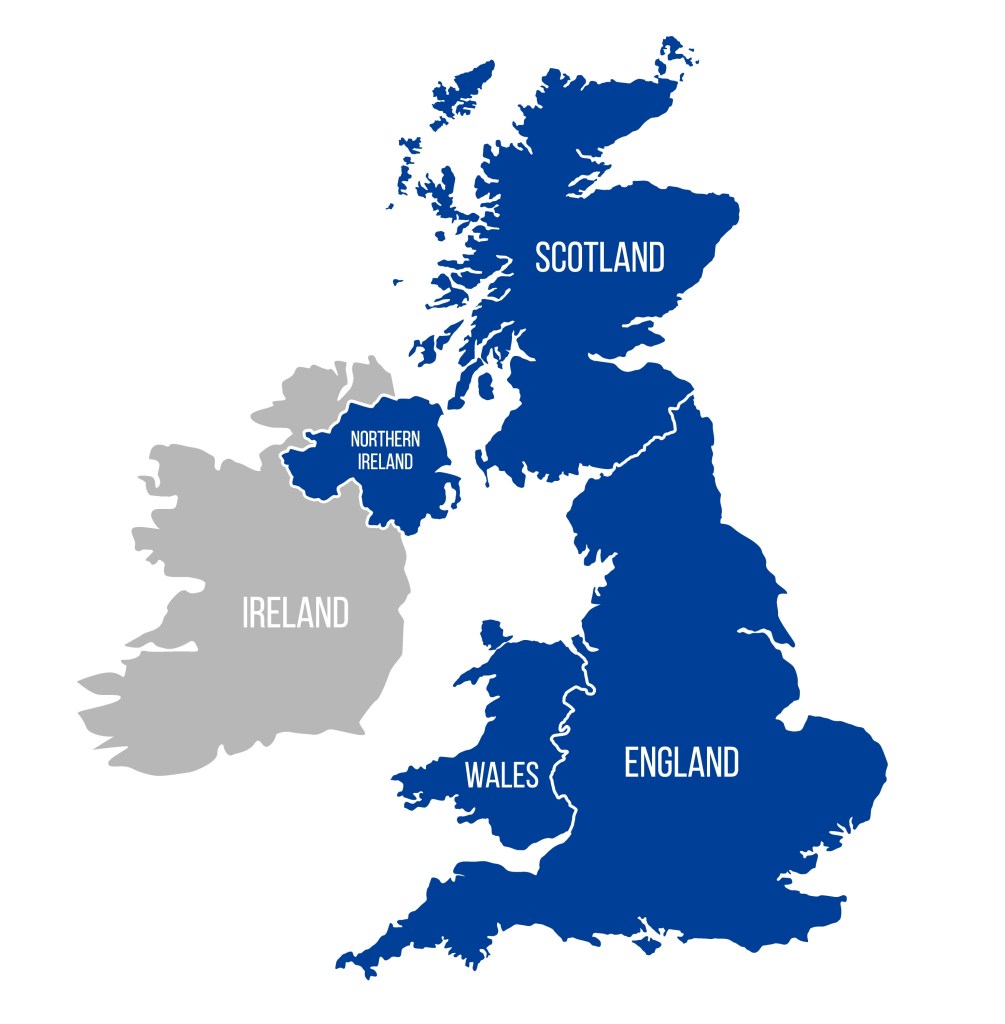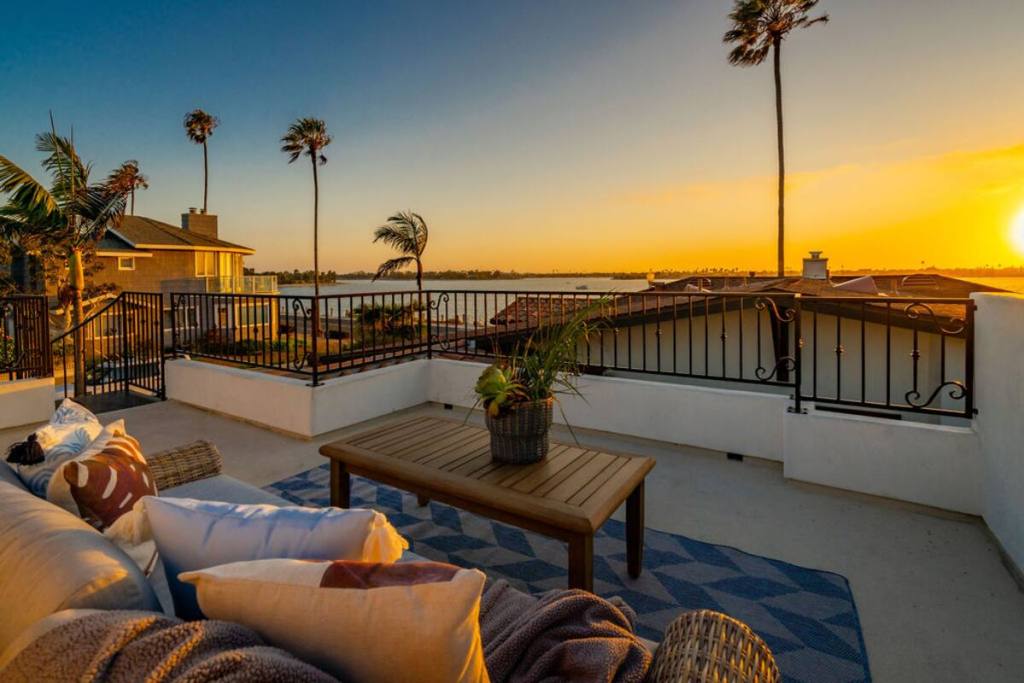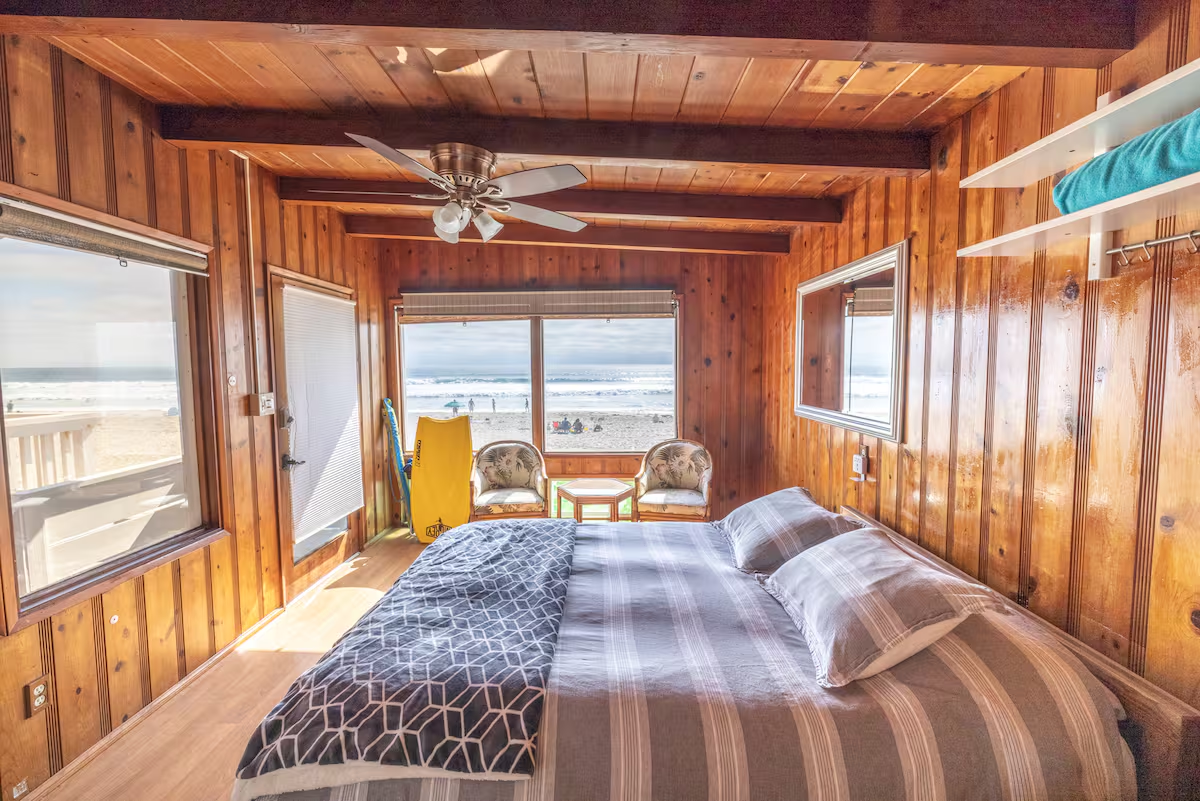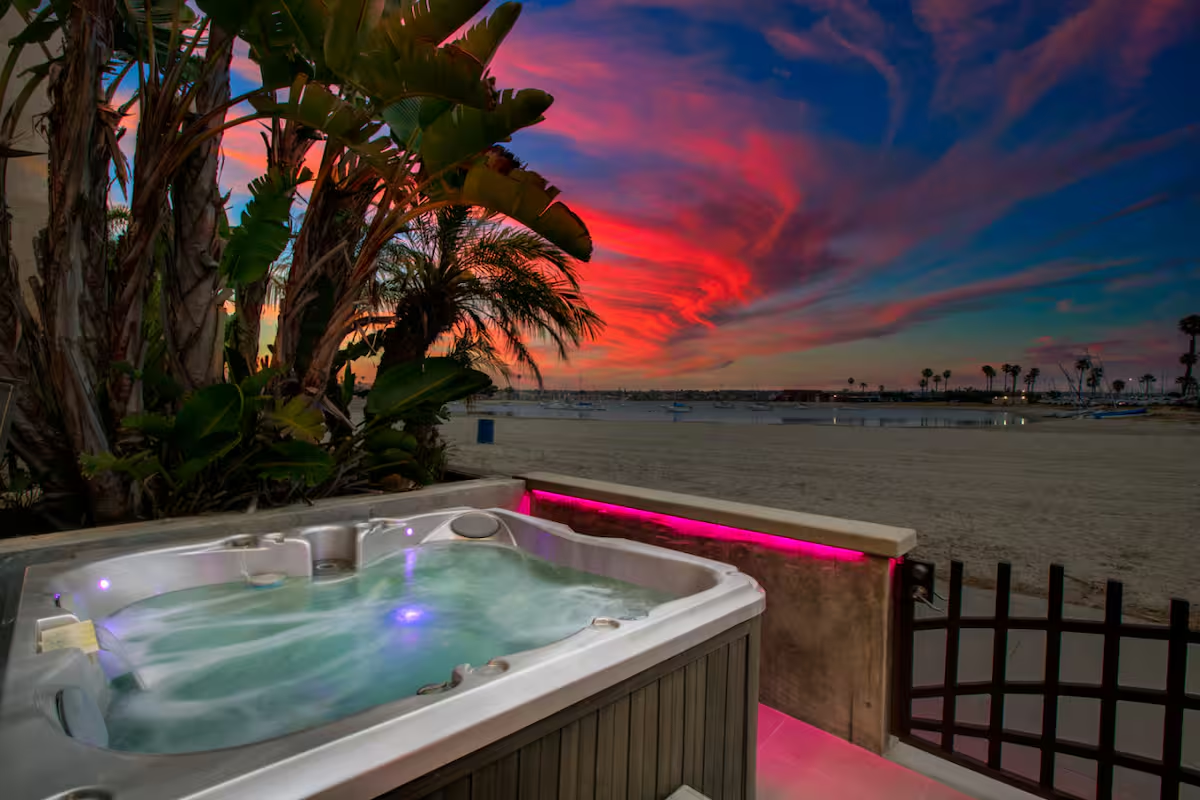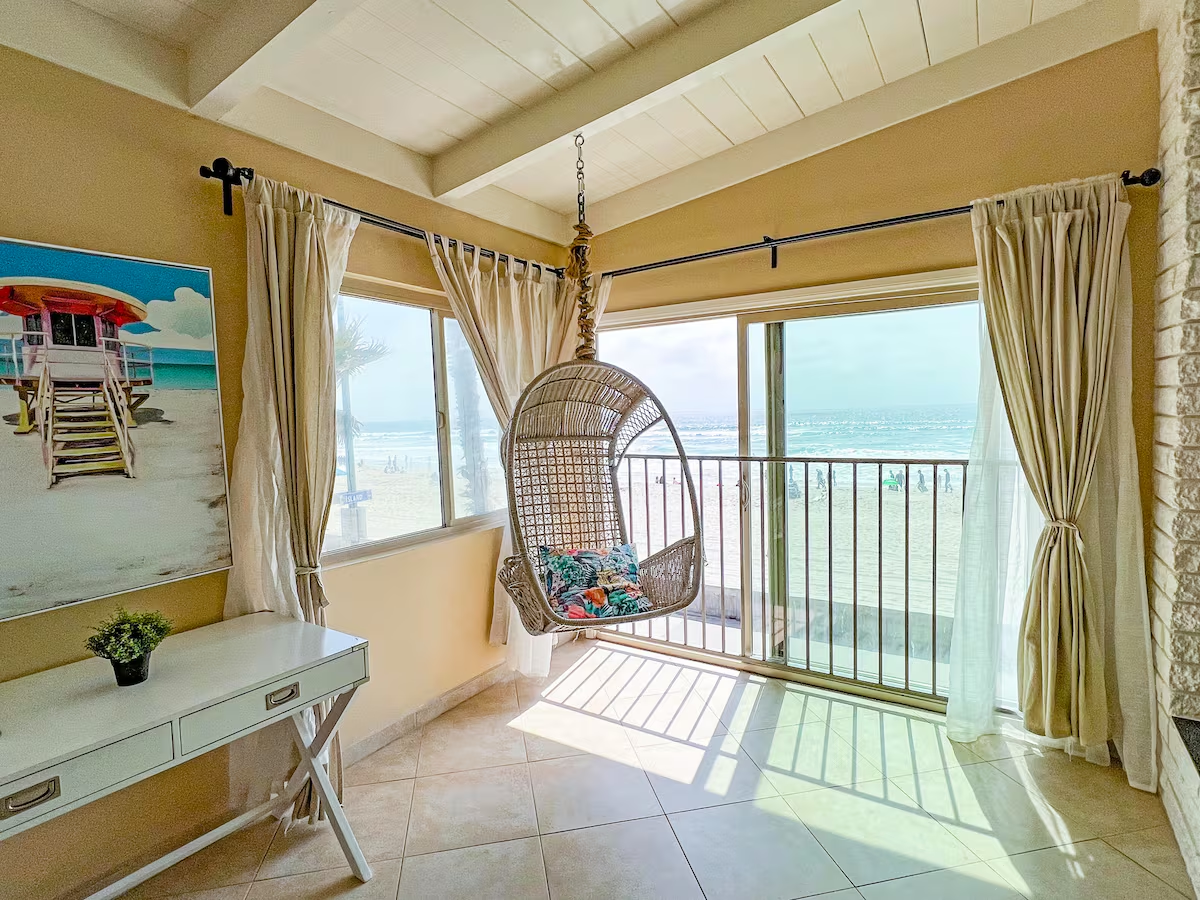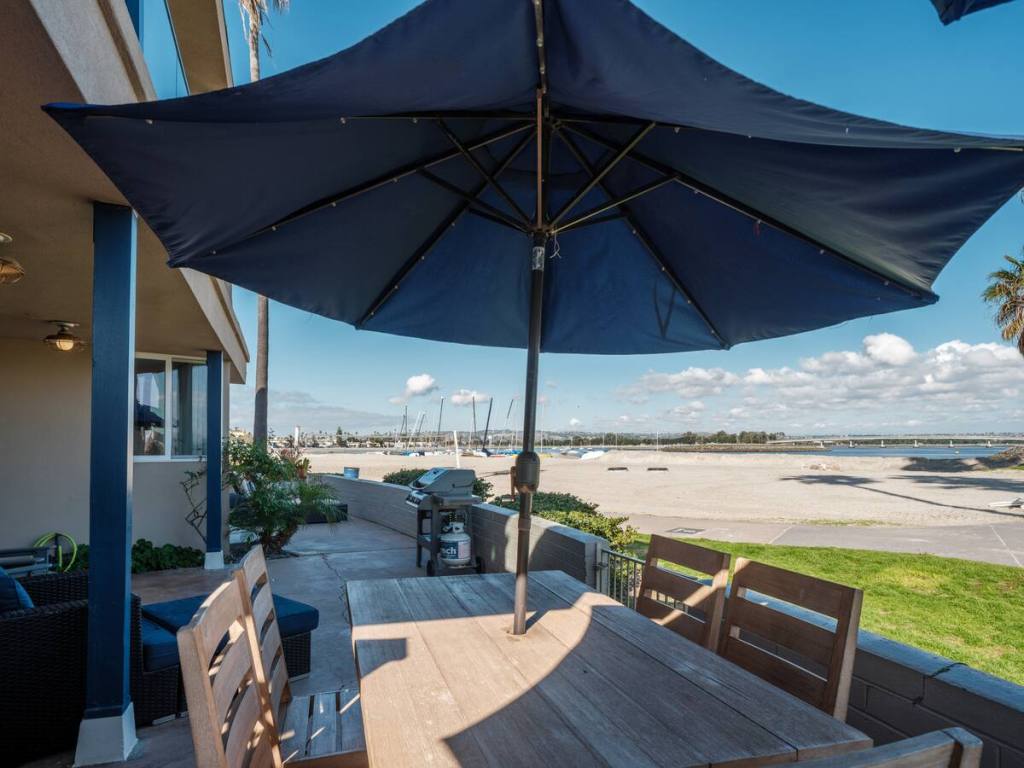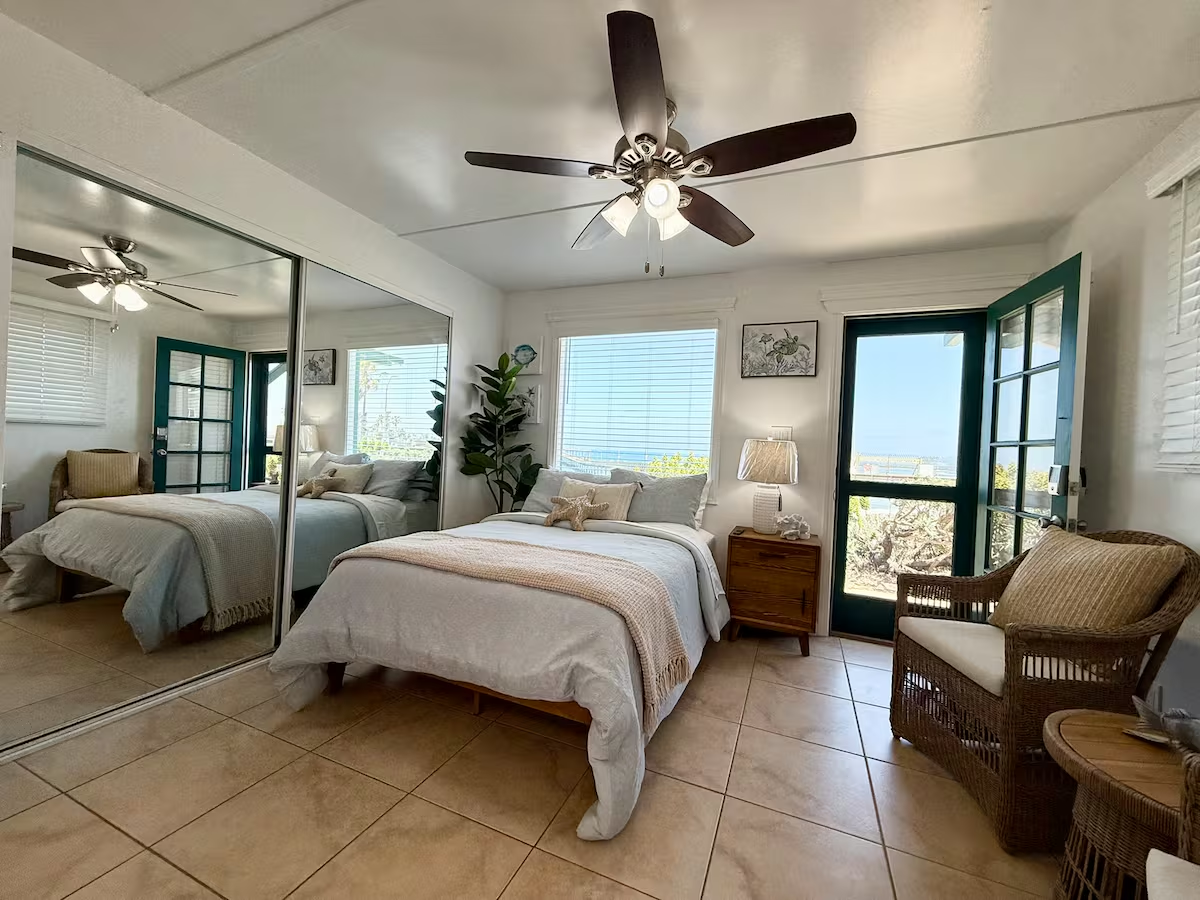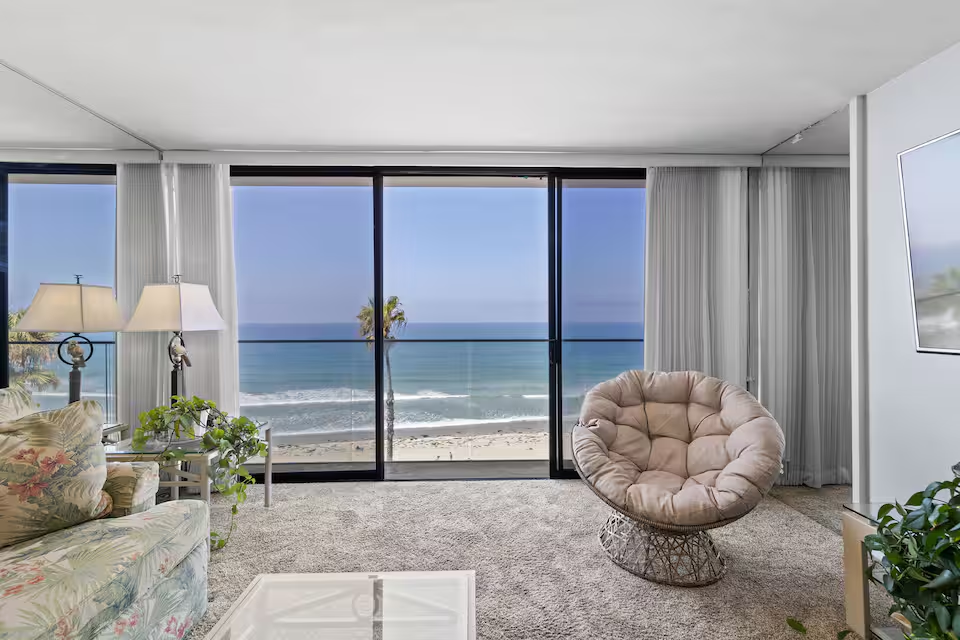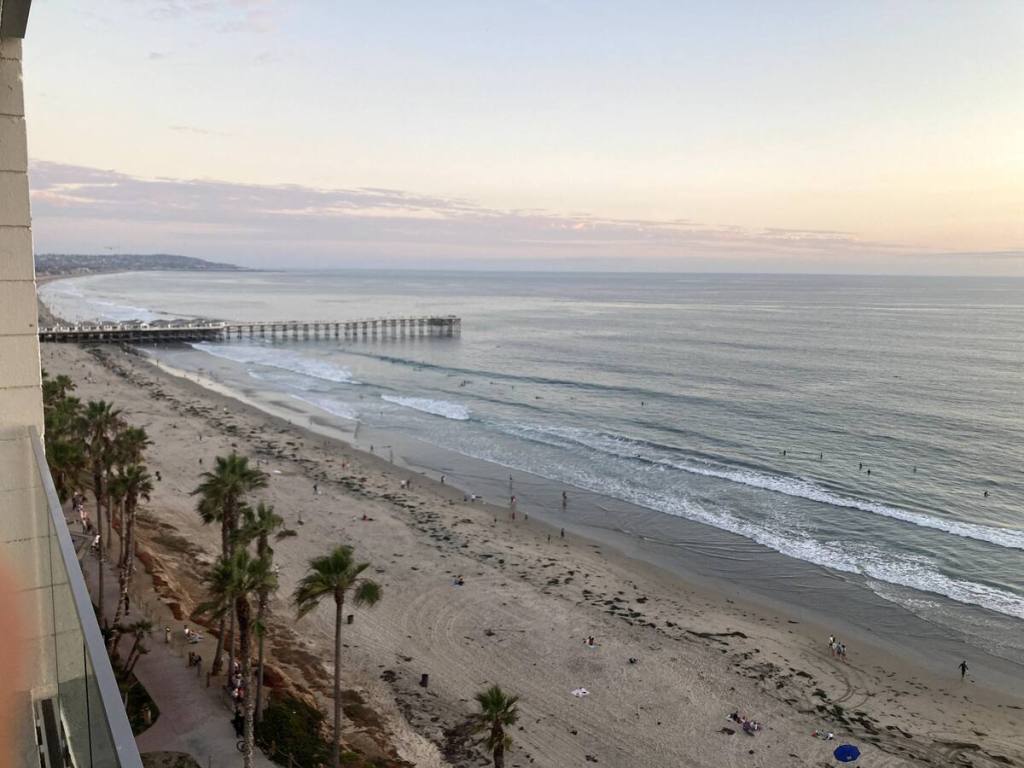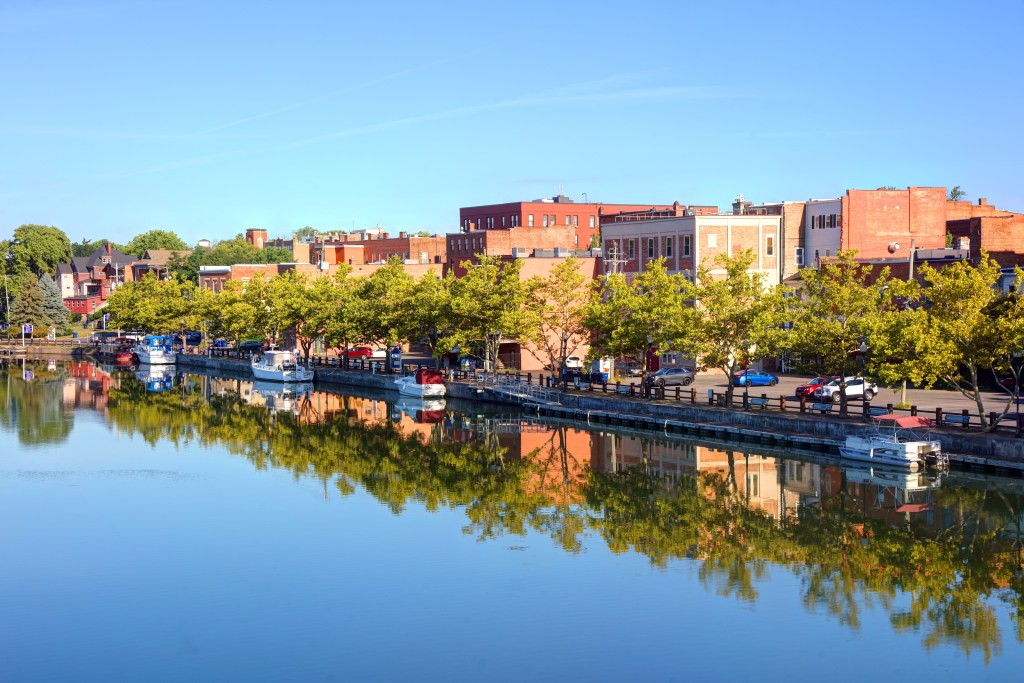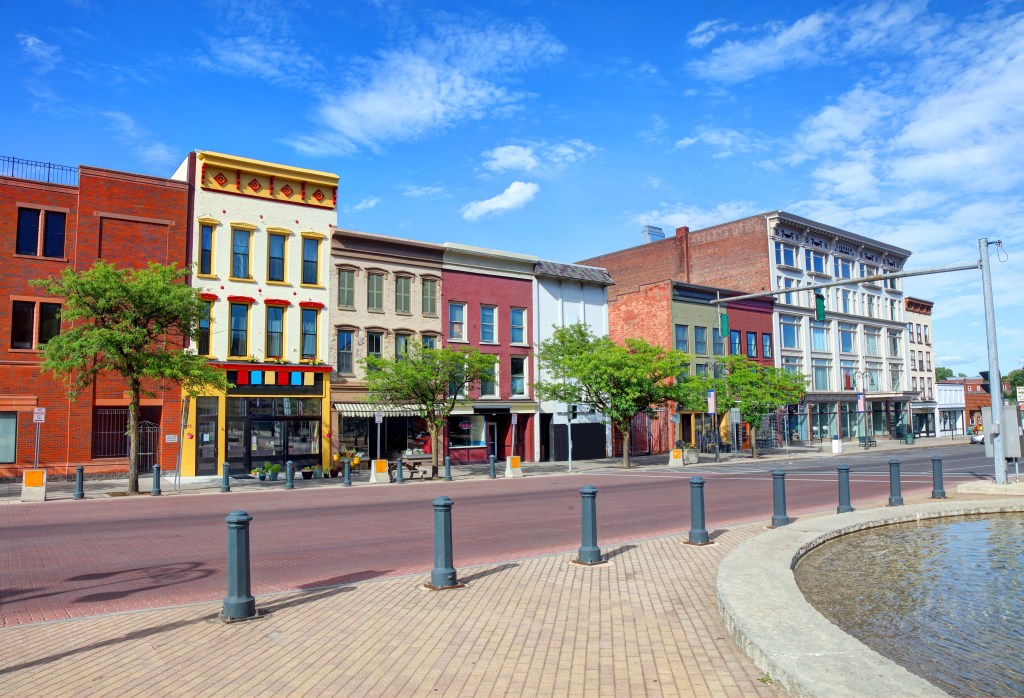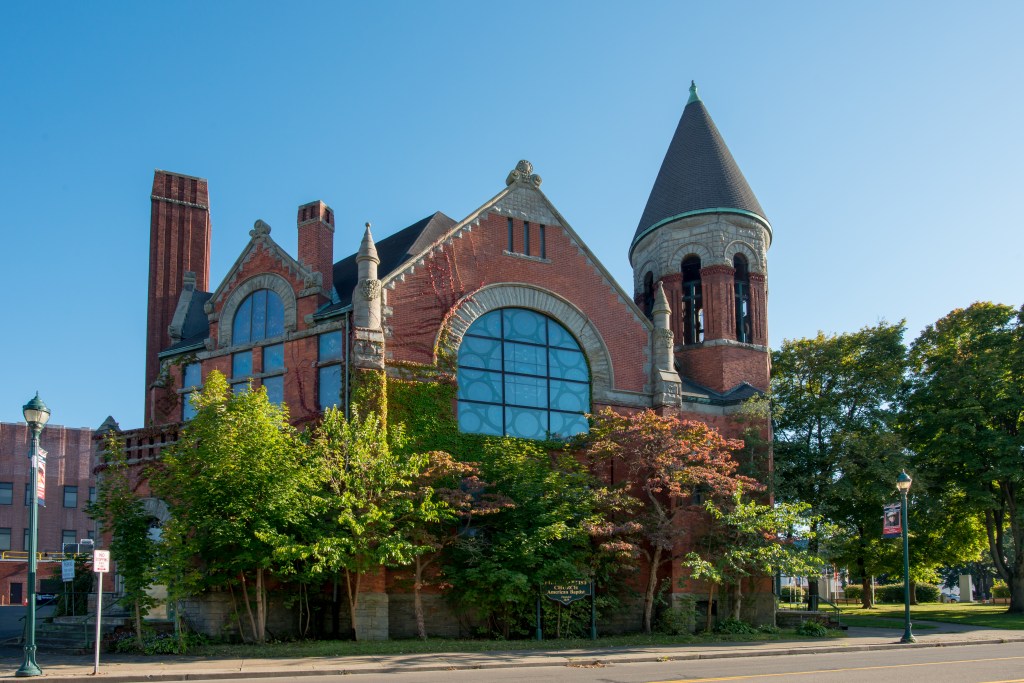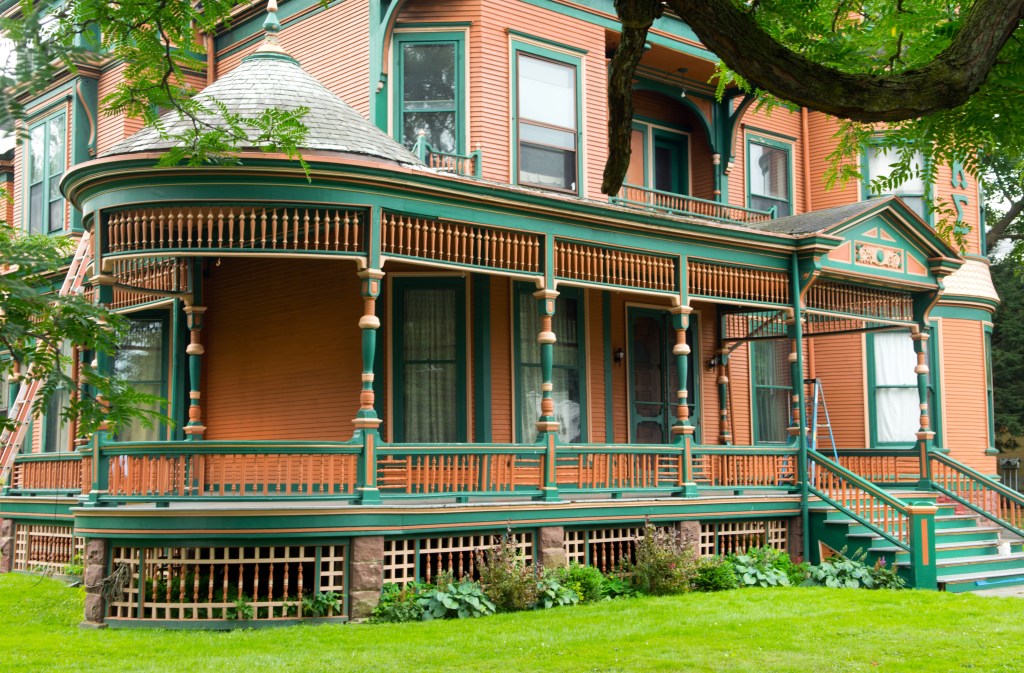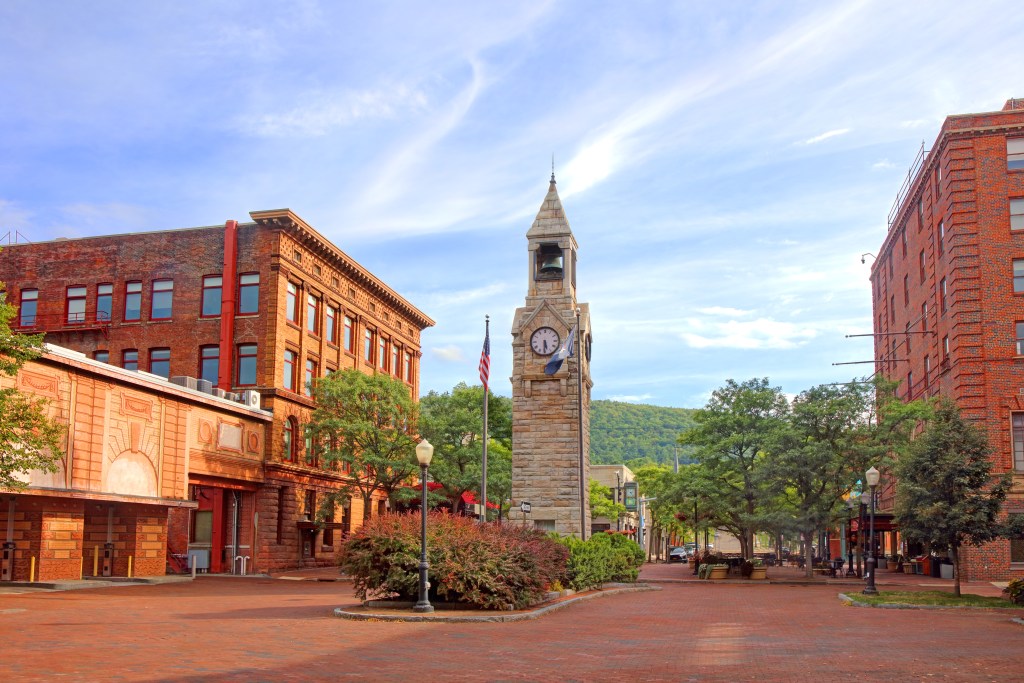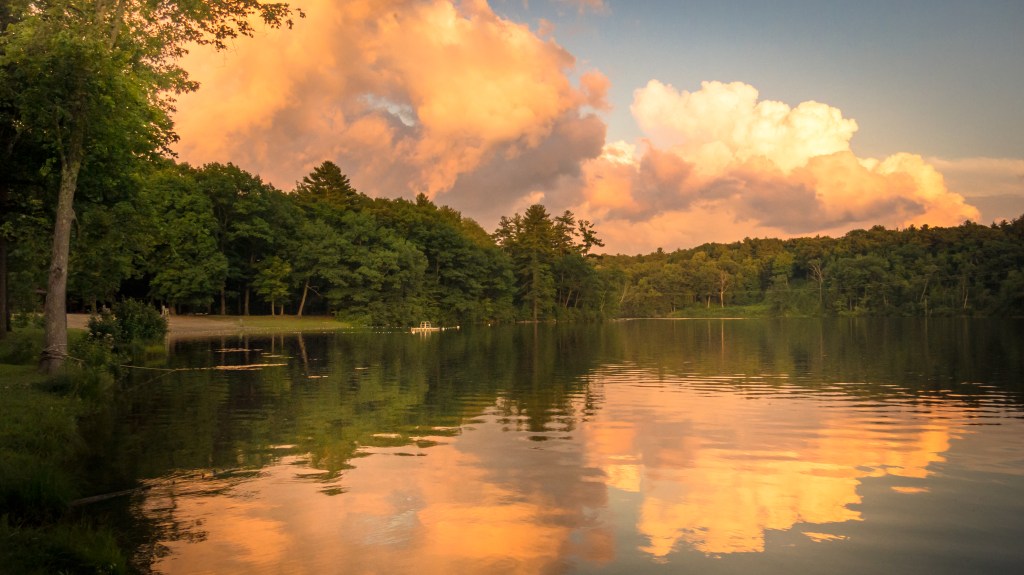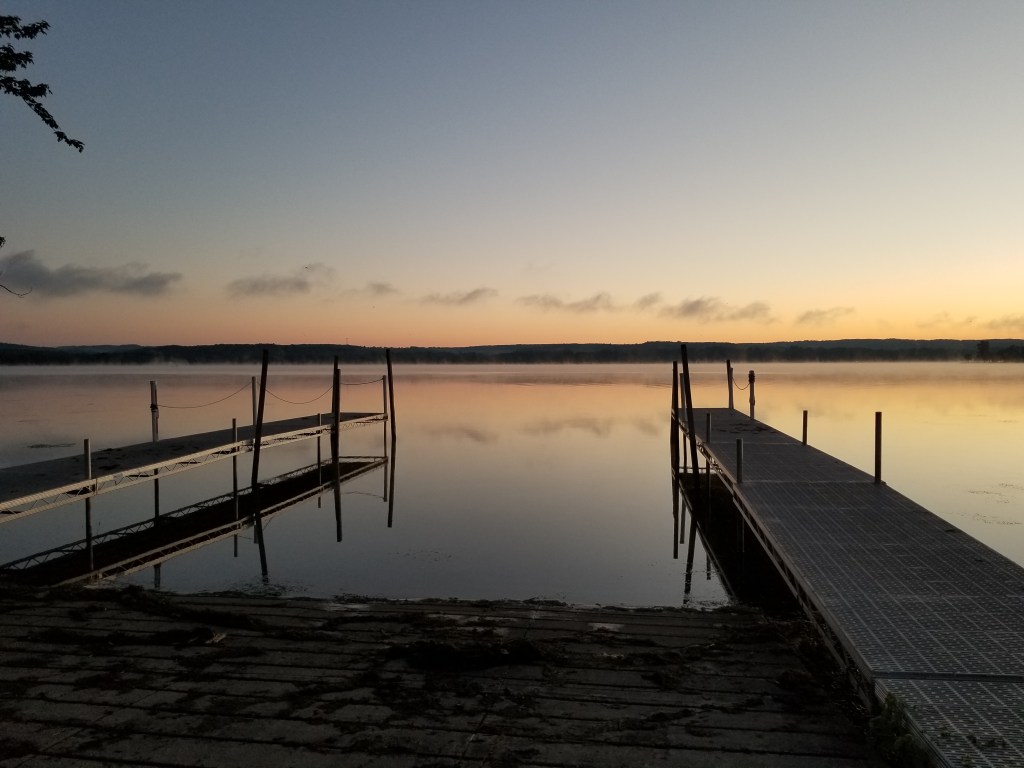If you’ve been keeping track of hiked tourist fees and prices, you’ve had a busy year.
Off the top of my head, I can list a few new charges that tourists heading to popular destinations will face.
There’s the UK’s new flat ETA fee for all tourists entering the country. Then, there’s the new fee and time slot system at Peru’s famous Machu Picchu. Last are new green initiatives like Hawaii’s green tourist tax, which will start in 2026.
Now comes New Zealand. The country’s conservation minister recently announced plans to levy fees on tourists who visit the most famous landmarks around Aotearoa.
New fees for tourists in New Zealand—and controversy for local groups
New fees for some of New Zealand’s top landmarks haven’t yet been approved by national authorities, but the proposal would charge between NZ$20-40 for major sites, around USD 12-25. That’s per site.
Currently, the scheme only applies to Te Whanganui-a-Hei or Cathedral Cove, Tongariro Crossing, Aoraki Mount Cook, and Milford Sound. However, additional sites could be added in the future.
There’s just one caveat: locals won’t be paying. These fees are exclusively for out-of-country visitors, who make up around 80% of the total number of site visitors at these locations annually.
The goal is to raise funds that can be used to transform New Zealand’s wildest corridors, literally by ‘unleashing growth’ —but some are calling foul. The proposed fees for these four natural landmarks are piggybacking on a larger reform of conservation law in New Zealand. Around 30% of the country is ‘conservation land’, meaning it’s publicly owned and protected.
However, new reforms to national law have made it easier for companies and individuals to purchase conservation land and/or open the land up to economic activity.
In short, though New Zealand’s proposed fees for visitors to natural landmarks might seem adjacent to sustainability-focused initiatives (like Hawaii’s green tax), it’s stirred controversy amongst the country’s environmental protection groups.
